I might not be in the best place to ask this and feel free to tell me to move my question to another Stack Exchange.
I am trying to build a device that will allow me to control at least a couple hundred raising platforms. The goal of this is to create a real time editor for board games (more precisely Dungeons and Dragons). Ideally all the platforms would move simultaneously and the platforms would be transparent to allow us to place L.E.D.'s inside them to color the platform (this way we can make wood brown, water blue etc).
On our current setup, we would use acrylic prism 1 inch x 1 inch x 6 inch (width, length, height) and we wanted to use a CNC motor to move around on a X/Y axis and change the platforms elevations. Obviously, this is NOT simultaneous raising at all and had (on paper) quite a long update time (calculated approximately 1 sec per platform). CNC is the only solution we found that had a reasonable cost/quality (a CNC motor per platform also raised the power consumption very high).After a few weeks of looking around, planning and throwing stupid ideas away, we found this.
Clearly, WAY better then our idea but I have no idea how he did this. They have 900 and they all work simultaneously; his platforms are much smaller too which could be nice to have but 1 inch ^2 is fine for our use. We also don't want the real time interactive thing. Loading from computer and staying static until we change it is good (though water movement would be really nice). So my question is.
What would you guys recommend to raise simultaneously a thousand small platforms?
Also this document that the devs made. Doing a bit more research I found that the device they used to move the platforms cost approx $30, I imagine some of this price is due to the fact that there is sensors in it that we don't want or need, I don't think I need to say this, but I don't have $27000 :(
Key difference between their implementation and our goal:
- No real-time interaction with the table. Controlled by and arduino and or a computer is fine.
- Size of the platforms will be closer to 1 inch^2
- All sides of the platform should be light up, but I believe this is mostly a question of choosing the right material
